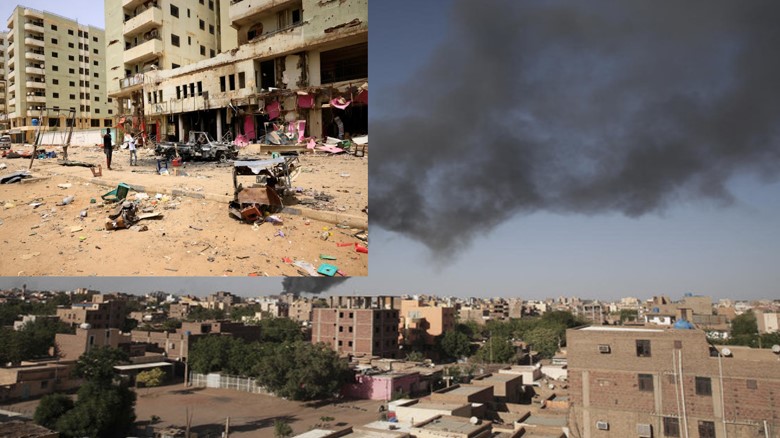Khartoum is the creation and the destruction of a modern African city
Post By Diaspoint | May 31, 2023

Khartoum is – was – a city that did not know war or fighting in its recent history. Now it is in the grip of a civil war between rival military forces.
The city has always been a hub of creativity. It was awarded the title of Arab Capital of Culture in 2005. Despite its Arab affiliation, the capital of Sudan is also very African. A tension of identities – British colonial, African, Islamic – made Khartoum what it was.
This triple heritage is powerfully reflected in Greater Khartoum’s composition as three towns separated by rivers with a network of bridges. Omdurman is considered a national capital, the symbol of the values of the people, while Khartoum is the administrative capital and Bahri (or Khartoum North) is the industrial town. Together, they are simply known as Khartoum.
A narrow part of the city, about 20km across, between the Blue and White Nile rivers, is where the airport and military headquarters are located. Around them are dense residential neighbourhoods. People have had to evacuate their homes as this narrow strip was one of the first invaded. The rest of Khartoum is now equally destroyed at a massive scale.
I’m a scholar of Sudanese architecture who was born and raised in Khartoum by an architect father. The destruction of my home town has caused me to reflect on its construction. What is being lost is much more than just buildings. It is also people’s hope for a future they had invested heavily in.
City of hope
Like many African cities, Khartoum is divided into pockets of wealth and poverty. Over the past century it has expanded significantly.
The city has unique geographical features that could also have become opportunities for future development. The most significant are al mughran (the confluence), a meeting point of the two River Niles and Tuti Island. They offer many river fronts, presenting great prospects for residents. Formal and informal businesses thrived along the rivers, as did cultural and entertainment opportunities.
Read More from original source
